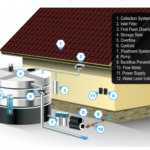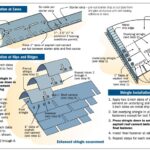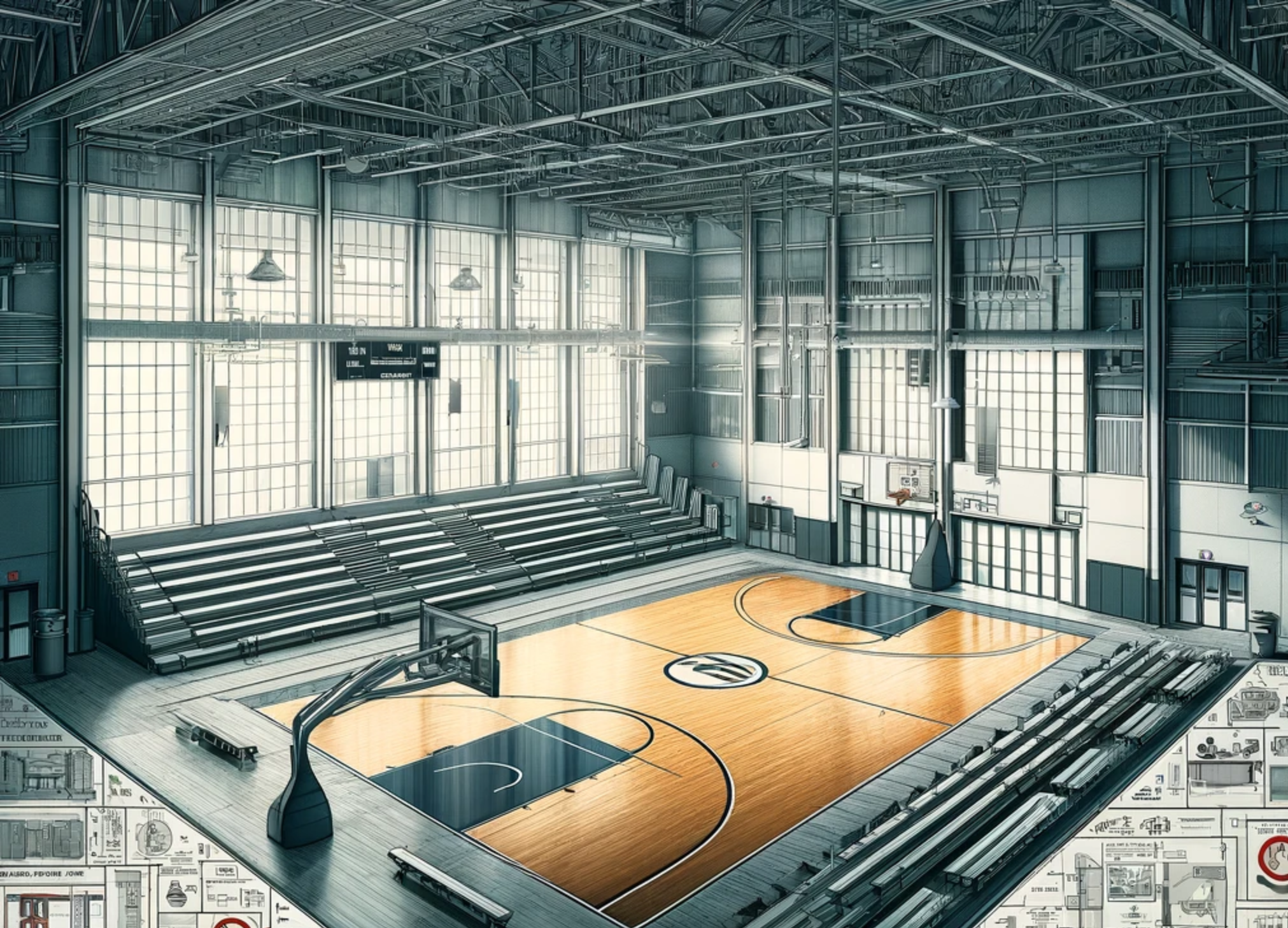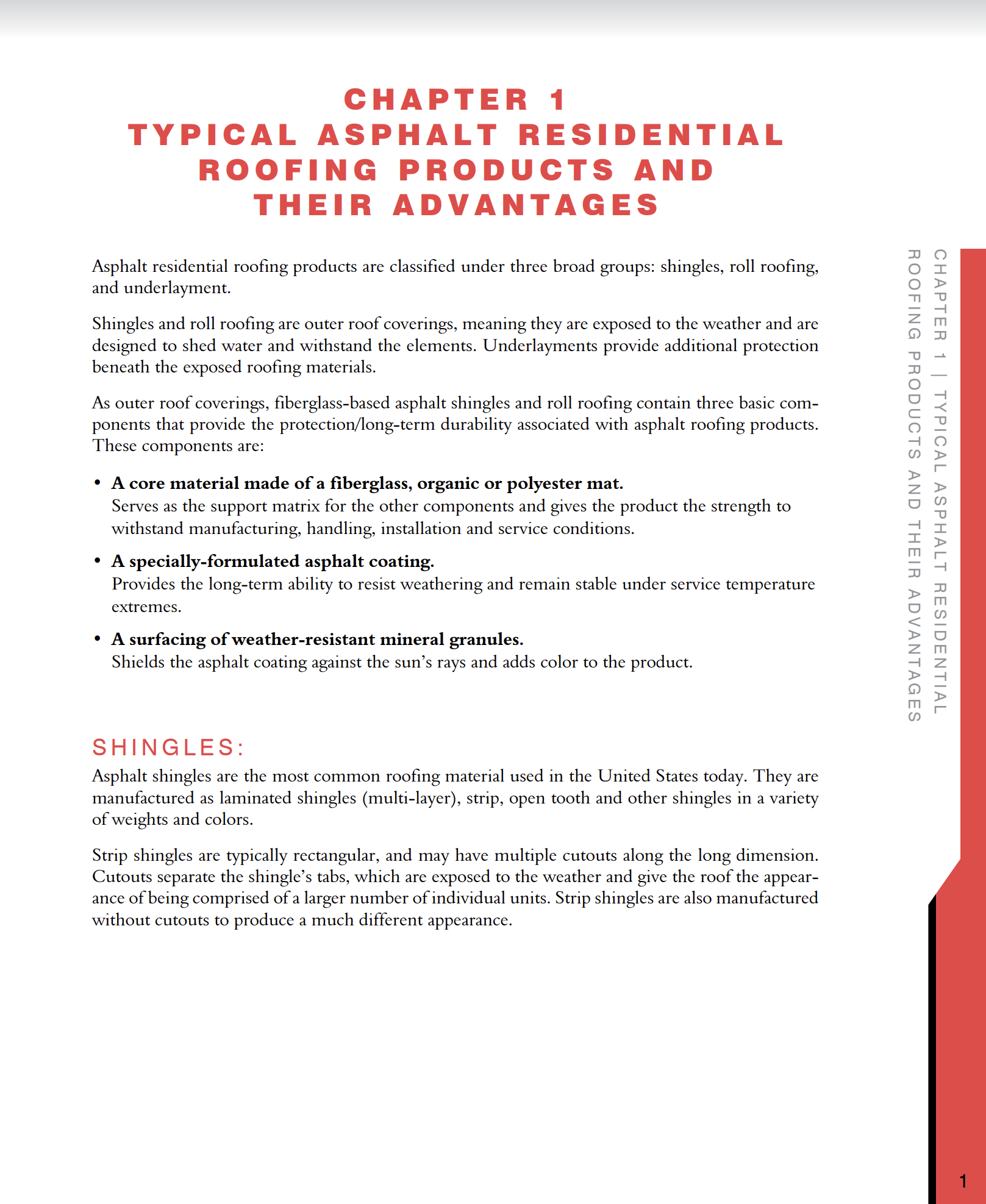Welcome to our blog post exploring the essential aspects of International Building Code (IBC) regulations pertaining to gymnasiums and basketball courts. Understanding and adhering to these codes is crucial for ensuring the safety and structural integrity of athletic facilities. In this article, we’ll delve into the specific requirements outlined by the IBC regarding glazing, definitions of key terms like “court” and “facility,” and the concept of impact loads. By familiarizing ourselves with these regulations, we can better comprehend the standards that govern the construction and maintenance of these vital spaces.
- Structural Design Criteria: ASCE 7 (2016) serves as the foundation for structural design criteria in the US and globally, with Section 4.3.4 focusing on partial loading requirements.
- International Building Code (IBC): Published by the International Code Council (ICC) in 2018, the IBC addresses building construction and safety, referencing structural design standards from ASCE 7 (2016). Additionally, compliance with NFPA-102 (2016) from the National Fire Protection Association is essential. ICC-300 (2017) and NFPA-102 (2016) detail standards for bleachers, folding, and telescopic seating.
- Local Codes: Local building codes can vary, necessitating compliance with state, county, city, or municipal codes before commencing construction. Non-compliance may lead to permit suspension until all local codes are met.
- Gymnasium Seating Standards: Bleachers, grandstands, and folding/telescopic seating must adhere to ICC 300 regulations, including egress requirements based on occupant load, aisle location, width, row spacing, and riser height.
- Aisle Width Guidelines: Aisle width determination is crucial for comfort and safety. The number of seats between aisles influences aisle width, with formulas dictating additional seats based on clear passage width.
- Balancing Seats and Aisle Widths: Achieving a balance between the number of seats and aisle width is critical. Wider aisles generally accommodate more seats between aisles, while deeper row spacing may be necessary to accommodate additional seating.
- Minimum Aisle Widths: Minimum clear widths for aisles serving more than 50 seats vary for Smoke Protected and Non-Smoke Protected facilities, with specific requirements based on handrail presence and distance served per person.
Optimizing Aisle Widths for Comfort and Safety in Gymnasium Seating
- Aisle Widths – Formula for Comfort:
- Single Access: Add one additional seat for each 0.6 inches of additional clear passage.
- Dual Access: Add one additional seat for each 0.3 inches of additional clear passage.
- Once the number of seats between aisles is determined, calculate the actual aisle width.
- Bleacher System:
- Strike a balance between the number of seats and aisle width to ensure comfort and safety.
- More seats between aisles typically result in wider aisles, requiring deeper row spacing.
- Consider adding aisles to reduce excessively wide aisles.
- Minimum Aisle Widths for Assembly Seating:
- For aisles serving seating on each side: 48 inches.
- For aisles serving seating on only one side: 36 inches.
- Different aisle widths apply to Smoke Protected and Non-Smoke Protected facilities.
- Smoke Protected Assembly Seating Requirements:
- 0.2 inches for each person served with handrails within 30 inches.
- 0.250 inches for each person served without handrails within 30 inches.
- Non-Smoke Protected Assembly Seating Requirements:
- 0.3 inches for each person served with handrails within 30 inches.
- 0.375 inches for each person served without handrails within 30 inches.
Understanding IBC Building Codes for Gymnasiums and Basketball Courts
2408.3 Gymnasium and Basketball Courts
Glazing in multipurpose gymnasiums, basketball courts and similar athletic facilities subject to human impact loads shall comply with Category II of CPSC 16 CFR 1201 or Class A of ANSI Z97.1, listed in Chapter 35.
- Glazing Requirements: Glazing in multipurpose gymnasiums, basketball courts, and similar athletic facilities must comply with either Category II of CPSC 16 CFR 1201 or Class A of ANSI Z97.1, as listed in Chapter 35 of the International Building Code (IBC). These standards ensure resistance to human impact loads.
- Definition of Court: In the context of the IBC, a “court” refers to an open, uncovered space unobstructed to the sky, bounded on three or more sides by exterior building walls or other enclosing devices.
- Definition of Facility: The term “facility” encompasses all or any portion of buildings, structures, site improvements, elements, and pedestrian or vehicular routes situated on a site.
- Definition of Impact Load: Impact load pertains to the load generated by moving machinery, elevators, craneways, vehicles, and similar forces, including kinetic loads, pressure, and potential surcharge from fixed or moving loads.
These definitions and regulations outlined in the IBC ensure the safety and functionality of gymnasiums and basketball courts, providing guidelines for construction and glazing materials. For further details or inquiries regarding compliance with IBC codes, please reach out to our team.
We trust this breakdown of gymnasium building codes provides clarity and guidance. For further assistance or inquiries, please don’t hesitate to reach out to our team.
For immediate service or consultation, you may contact us at Allied Emergency Services, INC.
Contact Information:
- Phone: 1-800-792-0212
- Email: Info@AlliedEmergencyServices.com
- Location: Serving Illinois, Wisconsin, and Indiana with a focus on the greater Chicago area.
If you require immediate assistance or have specific questions, our human support is readily available to help you.
Disclaimer: This article is intended for informational purposes only. For professional advice, consult experts in the field.










